These sensors analyze entire optical arrangements or individual surfaces in real time, delivering the determination of the wavefront (PV, RMS), the Zernike coefficients, the Point Spread Function (PSF), the Modulation Transfer Function (MTF), the Strehl ratio, the radius of curvature and the aspherical coefficients. They thereby enable conclusions to be drawn not only about quality control, but also about the production process.
More...
WaveSensor represents the foundation of wavefront measurement and analysis of spherical, aspherical, freely shaped and flats single lenses and lens systems at TRIOPTICS. It involves a Shack-Hartmann sensor that is used both individually as well as integrated in complete measurement systems.
As a result of their simple operation and flexibility, the measurement systems of the WaveMaster® Compact series and the WaveMaster® Plan, with its multiple degrees of freedom, are optimized for use in research and development and the random sample quality testing of single lenses. Analyses are performed over the surface and/or the entire optical assembly.
With the WaveMaster® PRO 2, TRIOPTICS offers a measurement system that is optimized for use in production and offers batch measurements. For applications where mere on-axis wavefront measurements are not sufficient because high field angles are not taken into account, WaveMaster® Filed and WaveMaster® UST offer solutions.
-
WaveMaster® PRO 2 / PRO 2 Wafer /
PRO 2 Plan
Serial testing of lens and wafers
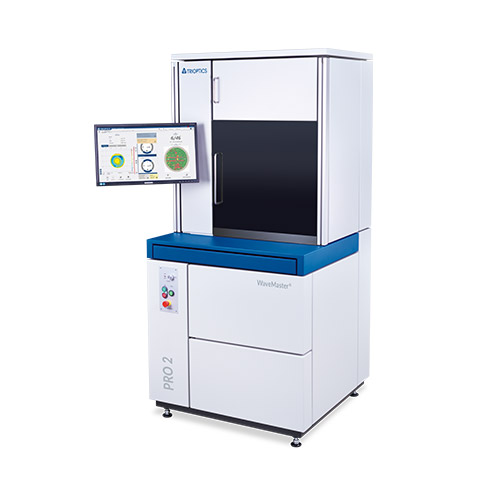
WaveMaster® PRO 2 is used for series testing of lens assemblies and optical wafers
Fully automatic measurement of high sample volumes (wafers or loaded trays)
Measurement time of less than 3 seconds per lens and measurement step provides for high sample throughput
High repeatability
More Information
User-defined pass/fail criteria for application-oriented quality control, in comparison to design data or master samples
High transparency of measurement results through the export of measurement data of each individual lens enables optimal production control with respect to material defects and production errors
-
WaveMaster® Field
Serial testing of lens and wafers
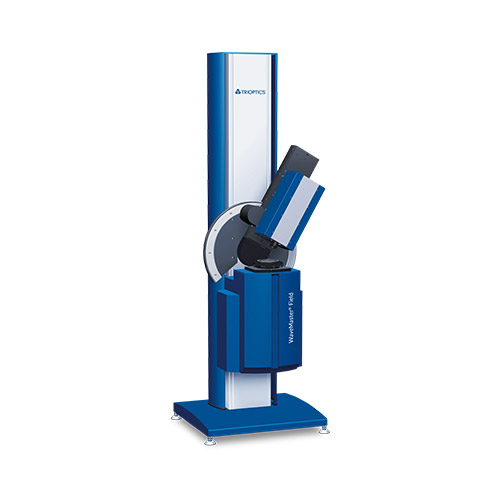
The WaveMaster® Field is designed for testing single lenses and objectives under high field angles.
Universal wavefront inspection at field angles of up to 60°
Flexible and simple adjustment of individual angles of incidence and wavelengths
Variable sample holder allows adaptation to different sample types – ideal for R&D
More Information
Characterization of samples using the following lens parameters: EFL, MTF, distortion, Zernike analysis
-
WaveMaster® Plan
Measurement of plane samples
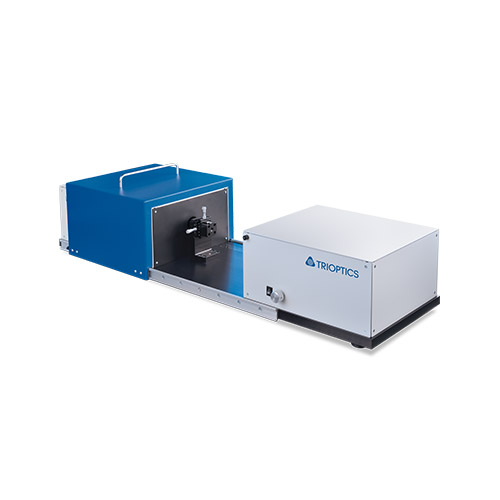
The WaveMaster® Plan is suitable for the quality inspection of flat surfaces using wavefront analysis by Shack-Hartmann sensors.
Comprehensive wavefront analysis of flat optical elements
Fast and easy measurement: Sample is placed manually and adjusted via an X-Y table
Stable and environment-independent measurement system through vibration-resistant structure
-
WaveMaster® UST
Universal testing of stepper objectives
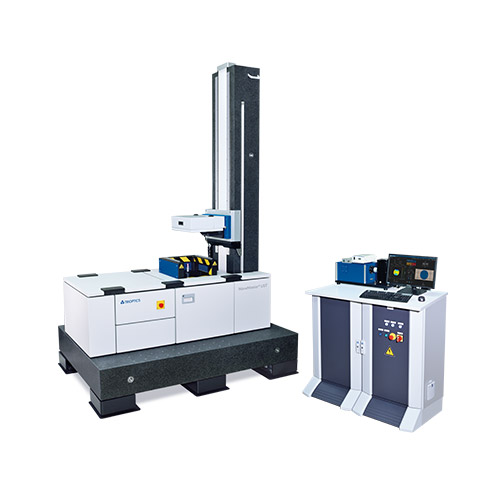
WaveMaster® UST allows fully automated wavefront measurement of bilateral telecentric lenses
Complete, off-axial mapping of large bilateral telecentric lenses (up to 300 kg in weight) through wavefront measurement
Universal use for field sizes up to 70 x 45 mm² (objet plane) or 100 x 100 mm² (image plane)
Simple and fast measurements through a high degree of automation
-
WaveMaster® IOL 2
Wavefront mapping of intraocular lenses

Wavefront measurement with the WaveMaster® IOL 2 enables power mapping of intraocular lenses.
Universal measuring system for quality control of all common refractive intraocular lenses: monofocal, toric, spherical and aspherical
Measurement of hydrophobic and hydrophilic lenses in air or in the optionally heated in-situ model eye according to ISO 11979
Fully automated and user independent determination of lens aberrations, MTF, EFL and PSF
More Information
Based on wavefront analysis WaveMaster® IOL 2 measures key parameters of refractive monofocal and toric, spherical or aspherical intraocular lenses using the WaveSensor, TRIOPTICS’ well-established Shack-Hartmann sensor. Thus, it is used in research and development as well as in production. Measurement parameters like the refractive power, aberrations and modulation transfer function are calculated by analyzing the wavefront which is obtained in a quick measurement process. Additionally, fully automated measurement of toric lenses (MTF in both meridians, marker recognition) is supported. All aspects of the measurements in-air or in-situ are arranged in a new intuitively usable interface that guides the user through the process.
- Wavefront measurement permits complete power mapping
- Highest possible safety during lens evaluation, since the measurement is three times more exact than the tolerances required in the ISO
- Individual analysis of lens aberrations in research and development by means of Zernike analysis
- Optimum testing of the imaging quality of toric lenses through automated MTF measurement in both principal sections of the lens
- Fully automated determination of axis deviation for toric lenses between markers and principal section
- Live camera image permits the visual analysis of the lenses with regard to manufacturing quality
- Mask diameters adjustable to specific samples in accordance with required resolution and dynamics
Applications
The demand for compact lens systems that are characterized by small size and low weight leads, in many cases, to the replacement of multiple spherical lenses with one aspherical optical arrangement. In addition, quality controls already performed during production are becoming more important. In many cases conventional processes cannot be used for these measurement tasks. Wavefront measurement with Shack-Hartmann sensors represents the solution of choice here, due to its large dynamic range.




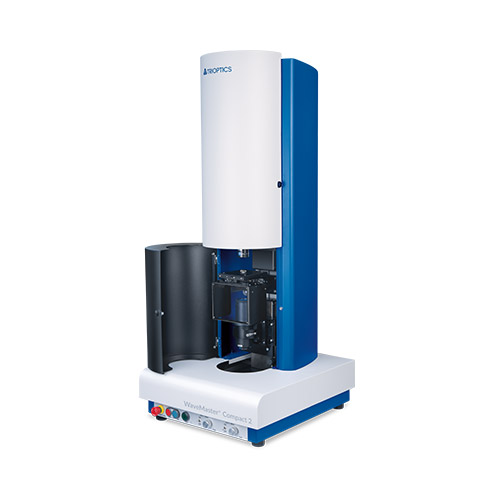
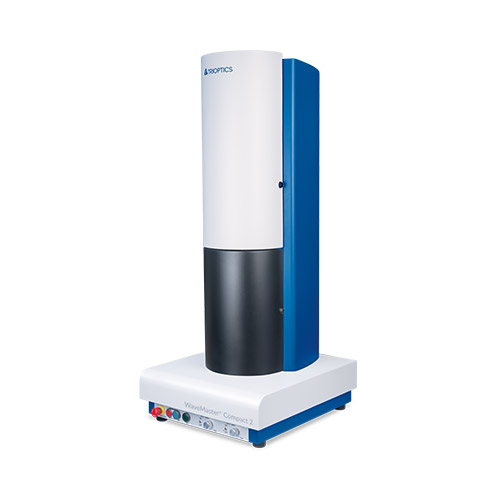
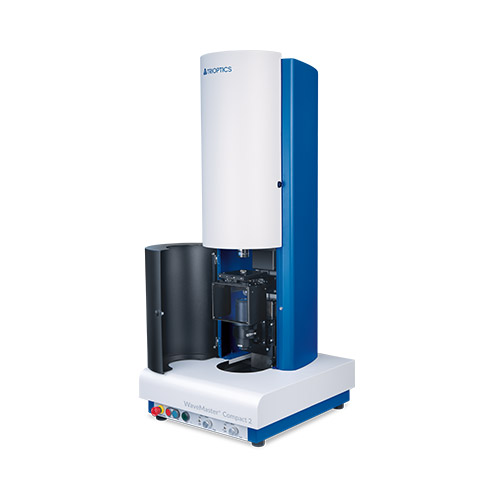


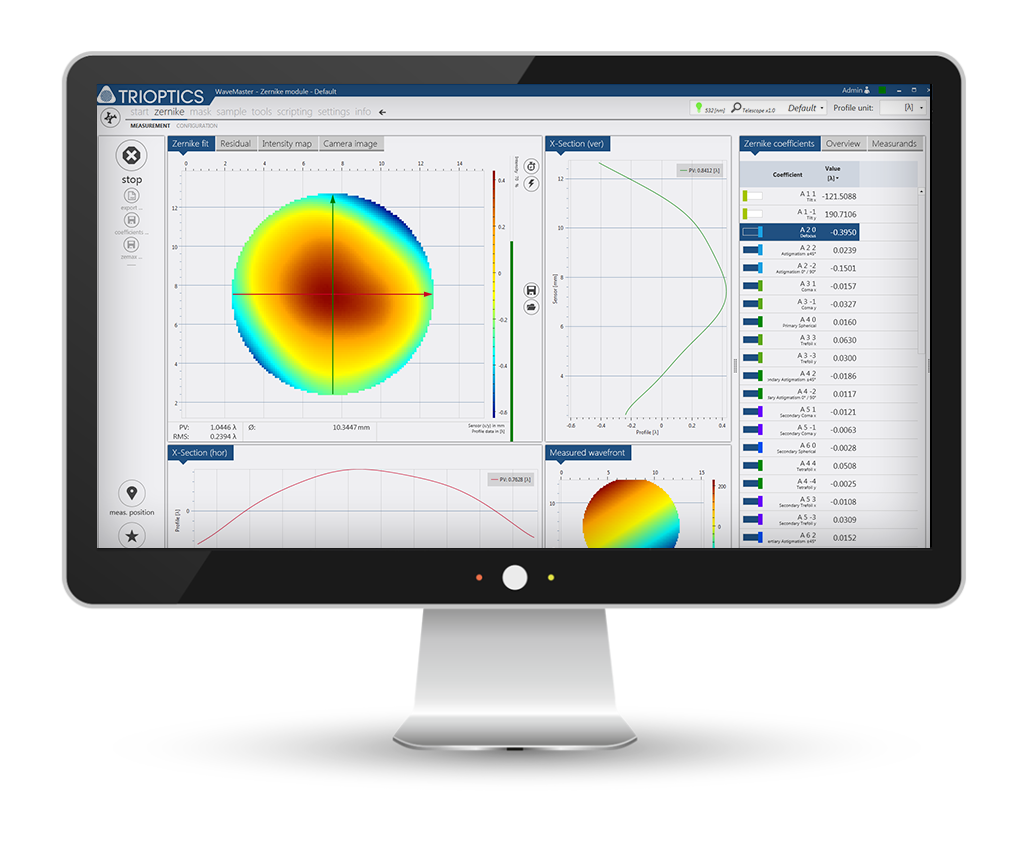
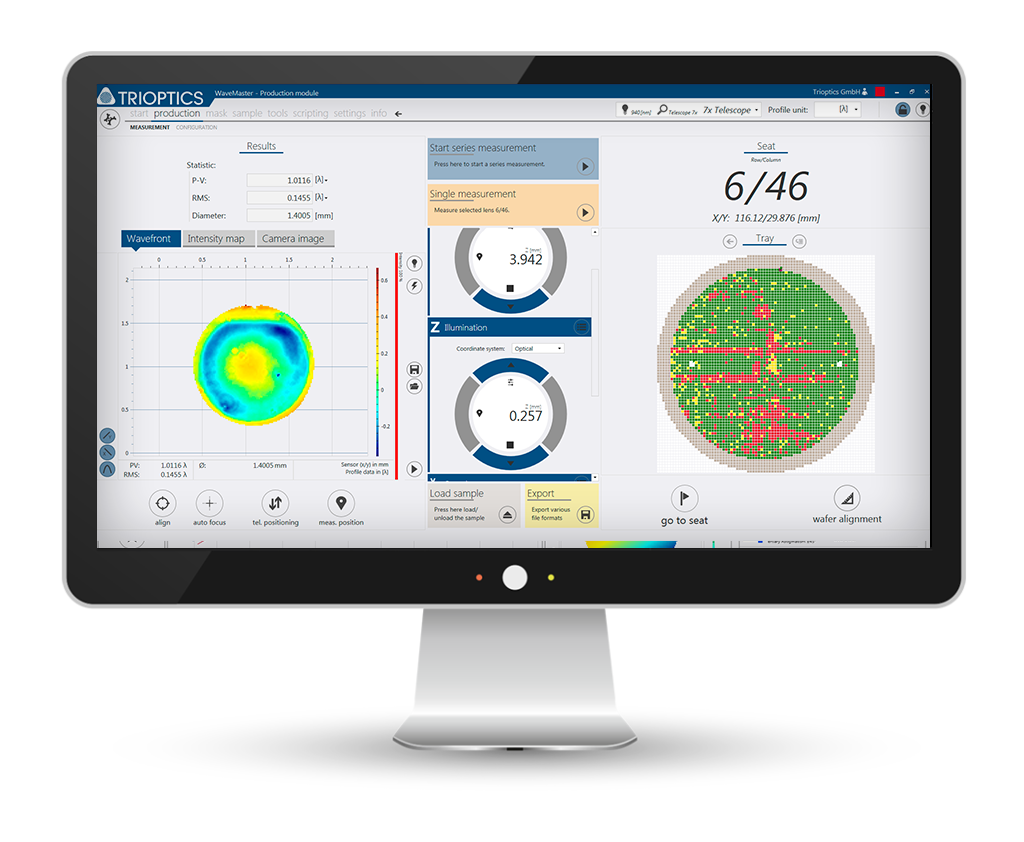
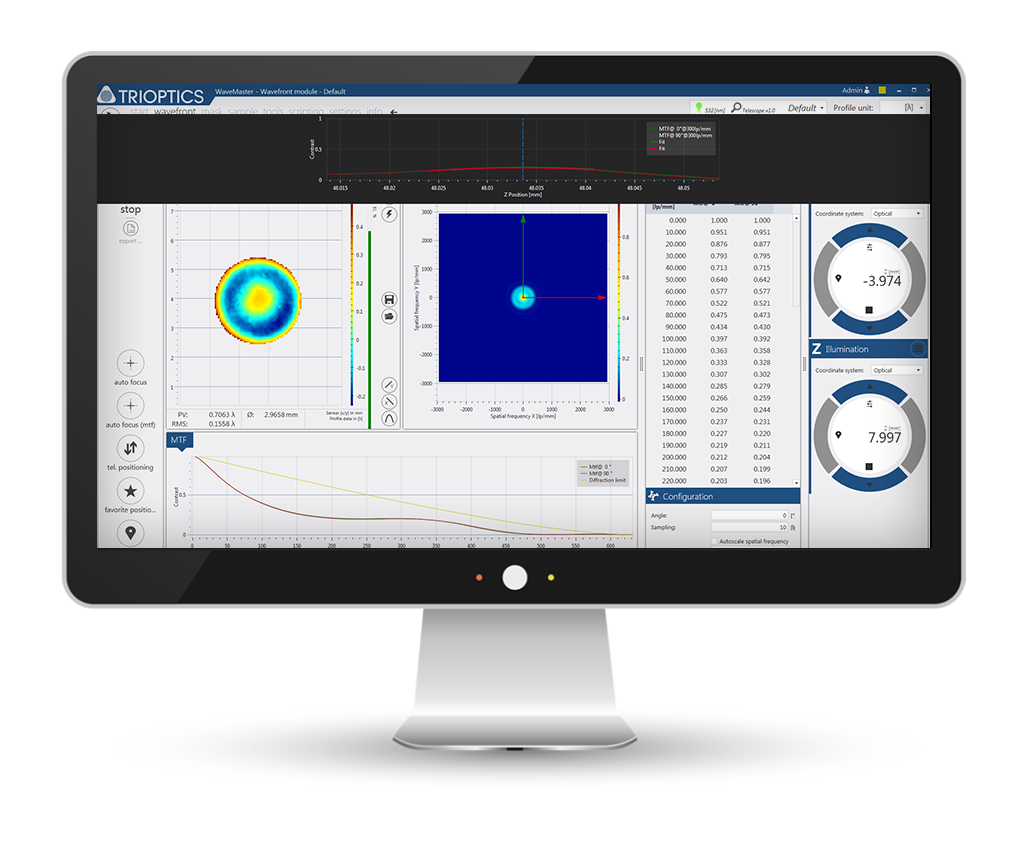
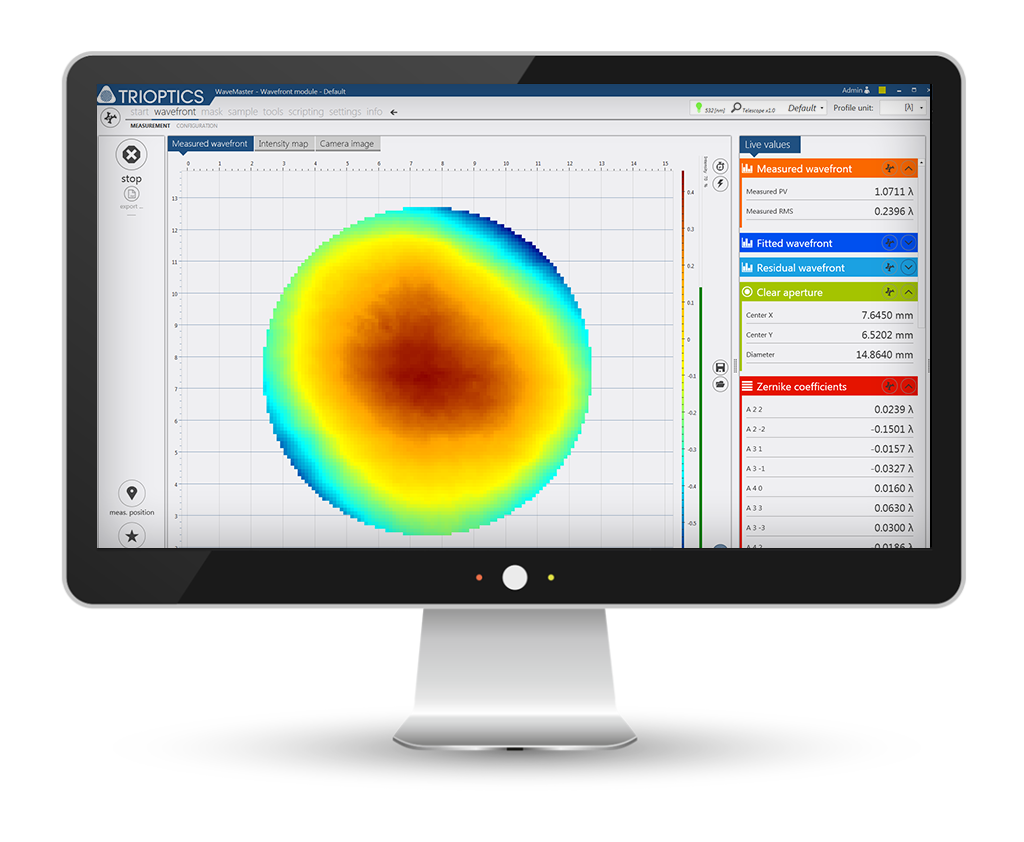




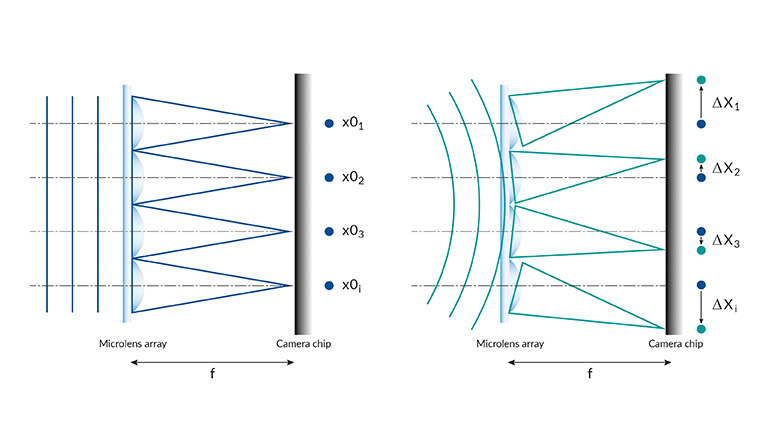 Schematic setup of a Shack-Hartmann sensor with an a) incoming plane wavefront and (b) incoming diverging Wavefront
Schematic setup of a Shack-Hartmann sensor with an a) incoming plane wavefront and (b) incoming diverging Wavefront
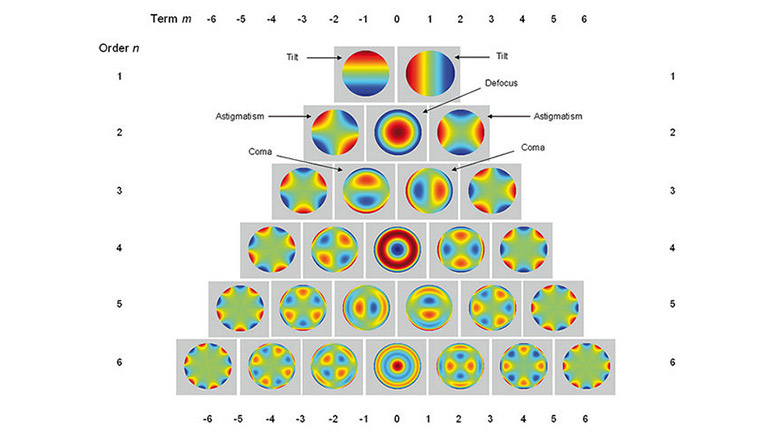 Zernike polynomials up to the 6th order
Zernike polynomials up to the 6th order
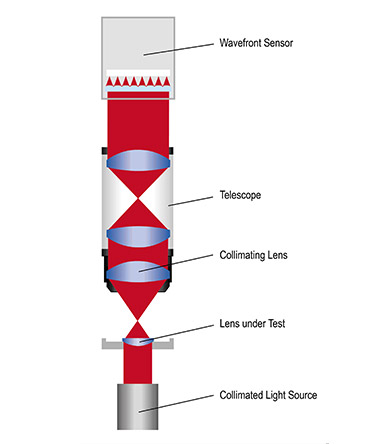 Finite setup in transmission
Finite setup in transmission
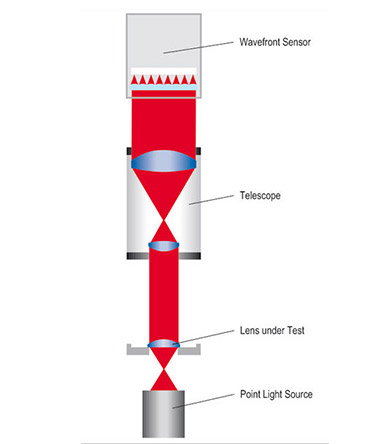 Reverse infinite setup
Reverse infinite setup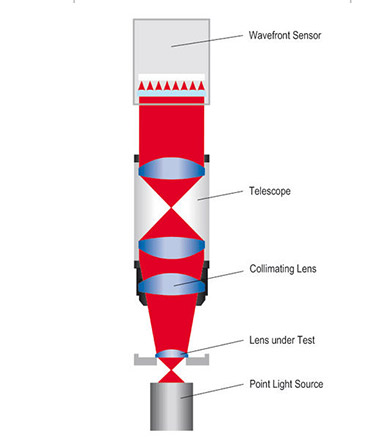 Finite setup
Finite setup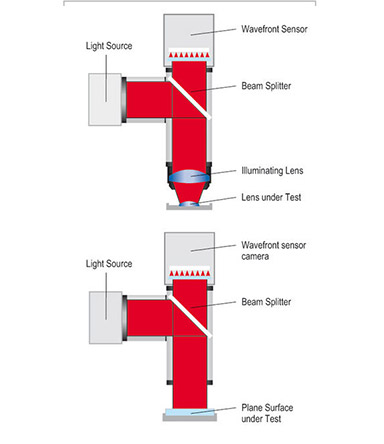 Reflection mode
Reflection mode